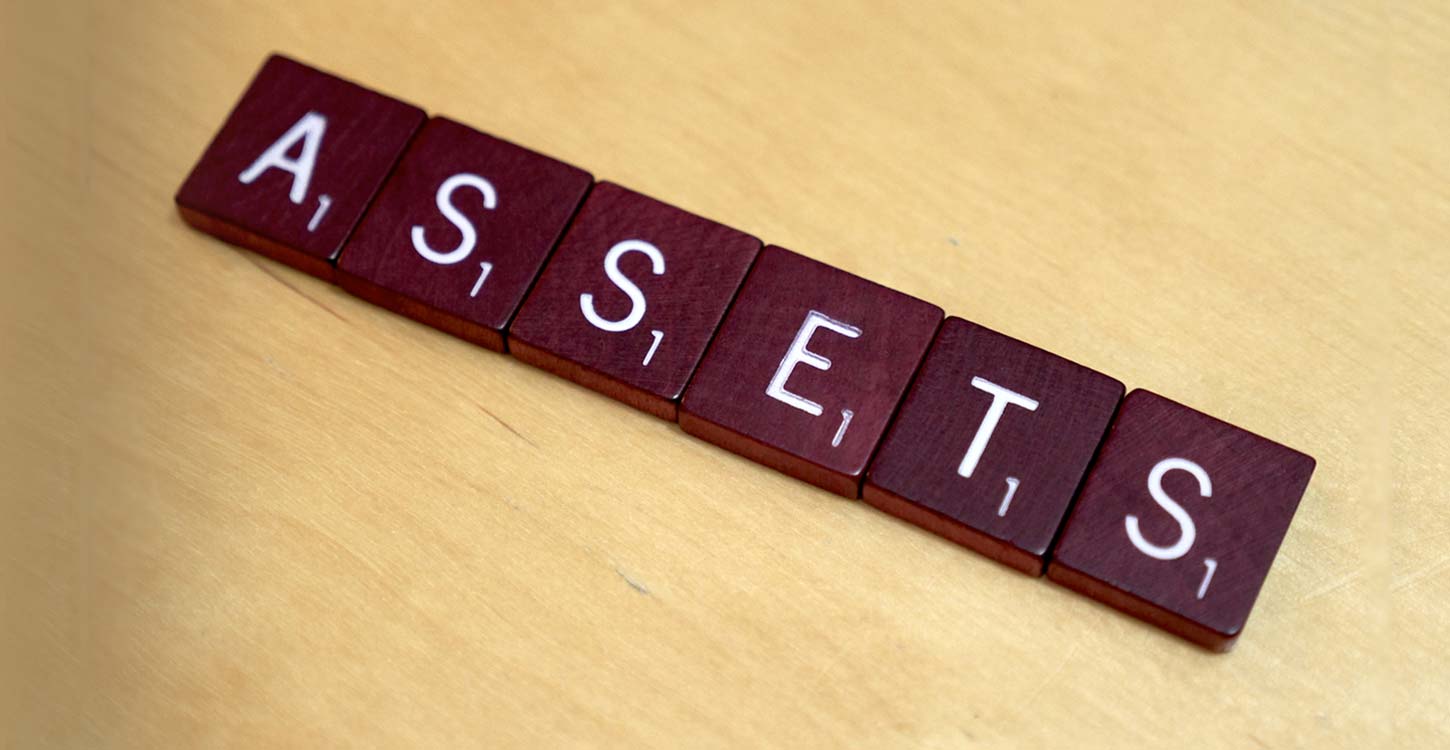Being a parent is likely to have a significant impact on what you want to achieve financially. Read our guide to investing for your children’s future.
Starting (or expanding) your family is one of those major life events – like marriage, retirement, divorce or bereavement – which are trigger points for many people to seek professional investment management and financial planning advice.
In all these scenarios, a thoroughgoing review of where your assets currently stand and your progress towards your goals is warranted.
- The transferral of savings from Child Trust Funds to Junior ISAs will be possible from 6 April 2015 and the annual JISA limit has also been raised substantially.
- Grandparents often wish to establish trusts to provide for the education of their grandchildren; these have long been a popular means of transferring wealth across the generations tax-efficiently.
- There other, less well known options you could discuss with your financial adviser too, such as child pensions.
Parents today are often very concerned about the financial future of their children and whether they will be able to escape the burden of student debt, establish a remunerative career and be able to own their own home as more and more young people become excluded from the UK housing market today. Building up a nest egg to give children a helping hand onto the property ladder is therefore high on the agenda for many parents today.
Yet those with young children also need to be thinking about the real costs of parenthood – and as early as possible too. School fees have risen fourfold since the nineties meaning that the total cost of school and university fees can amount to more than £250,000 per child alone.
Parents should not feel daunted, however, as there are many strategies a wealth manager can implement to help you save effectively for your children’s financial future so that your investments as a whole are optimised and tax liabilities, for the whole family, are minimised.
How it works
There are a number of ways to invest effectively for your child’s future and much will depend on your personal circumstances and time horizons. There might also be an element of intergenerational wealth planning you can put into play to maximise tax efficiencies for the whole family. Some of the options you may wish to discuss with a wealth manager include:
- Junior ISAs
Under the 2014 ISA reforms, the annual contribution limit for Junior ISAs was raised to £4,000. As with adult ISAs, funds for children can now be invested in either cash or stocks and shares accounts in any combination, making “JISAs” an attractive, flexible option. One point of caution, however, is that that a Junior ISA funds can’t be accessed until your child turns 18 and at that point they will get full control of the money.
The government moved to allow the transfer of Child Trust Funds to Junior ISAs in late 2014 after significant lobbying for parents to be free to seek better deals. It is estimated that at the beginning of 2015 there were around 6 million CTF accounts in the UK, holding up to £9 billion in savings – a substantial proportion of which could now flow into Junior ISAs given the attractions outlined above and the rock-bottom rates prevalent with cash CTF accounts.
Parents need to ensure that Junior ISAs, like their own, are optimised, however. Leaving funds languishing at poor cash rates is to be avoided, but even if you have already have a stocks and shares account think about how it has performed. A professional adviser is likely to be able to deliver superior returns and will also schedule your contributions annually so you can avoid traditional end of year scramble to use up your allowance.
- Trusts
Families of even fairly modest wealth are increasingly waking up to the attractions of trusts as a way to transfer wealth across the generations while minimising Inheritance Tax. Often, grandparents wish to establish educational trusts for their grandchildren which will boost their financial prospects and also ensure that more money can be left to them and other family members and kept out of the IHT net. Transfers into a trust of over and above the donor’s nil rate band (£325,000) are taxed at 20% and when funds are removed, but this is capped at 6%, as is the IHT charge levied as a ten-year anniversary tax. With so-called bare trusts, grandparents can place assets in trust for your child, with the income and capital gains on them taxed at the child’s rate.
Those looking for ways to minimise IHT should remember that one of the biggest advantages of trusts is that you can put assets into them which come under the business property relief or agricultural property relief regimes. These include forestry, Enterprise Investment Scheme and Seed EIS vehicles, many of which could make useful additions to your investment portfolio.
While it is not wise to place tax planning considerations above following a sound investment strategy, there are many tax-efficient investments which have good prospects and are run by firms with solid track records of getting attractive returns. That said, vehicles like EIS have their own particular risk profile, which means that you should always take professional advice before investing.
Want to know more tips? Read our Guide to Investing for Your Children’s Future Part 2 here.




